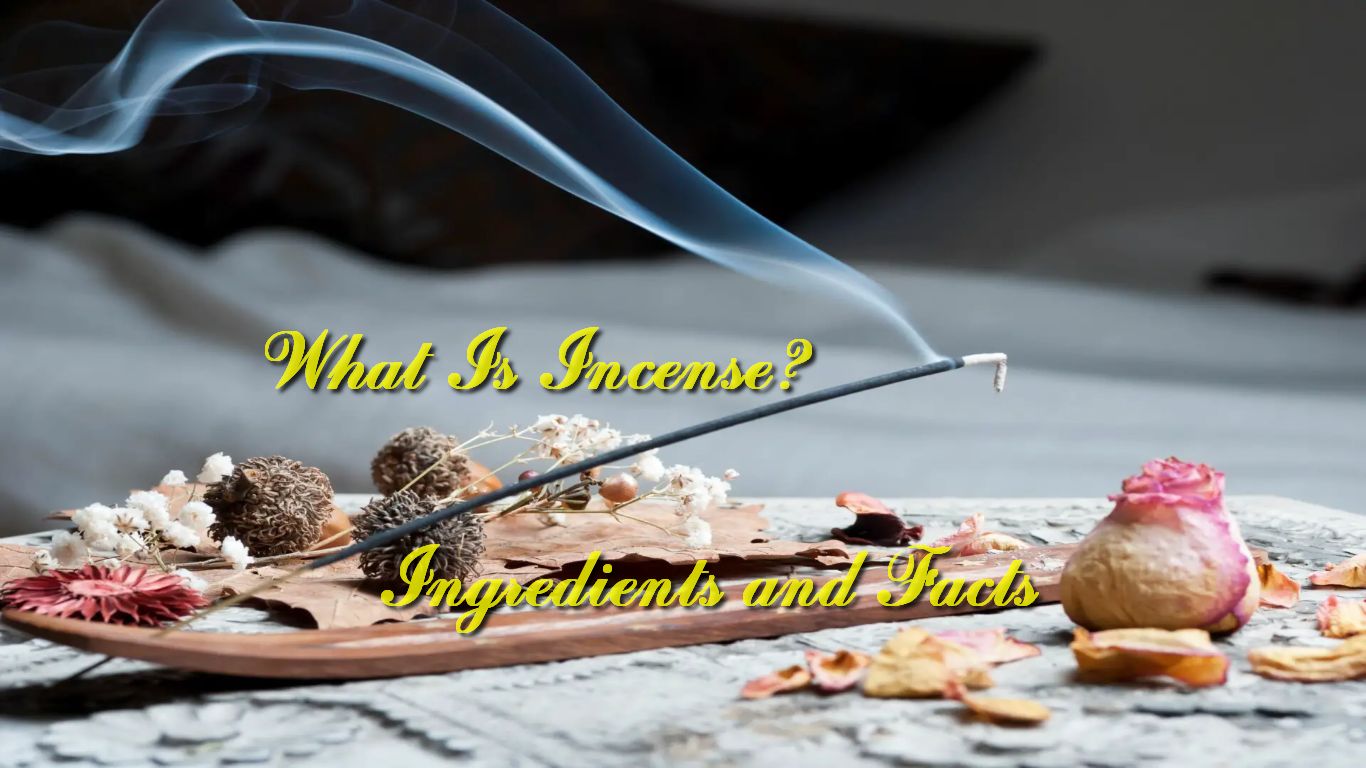Incense (rökelse in Swedish) has long captivated the human senses, weaving itself into the fabric of various cultures and spiritual practices. The word “incense” originates from the Latin word “incendere,” meaning “to burn.” It refers to a substance that, when ignited, releases fragrant smoke. Used for ceremonial, religious, and aesthetic purposes, incense has a rich history that spans continents and centuries.
Ingredients: A Fragrant Symphony of Nature

The composition of incense is a harmonious blend of natural ingredients, each contributing to the overall olfactory experience. The primary components include aromatic plant materials, essential oils, resins, gums, and, sometimes, additional fixatives. Woods such as cedar or sandalwood, flowers like lavender or rose, and resins such as frankincense and myrrh form the backbone of many incense recipes. These diverse ingredients converge to create an enchanting tapestry of scents. As the fragrant smoke rises, it carries with it a sensory journey that transcends the physical realm, inviting tranquility and contemplation. The artistry behind incense-making lies in the delicate balance of these elements, crafting not just a scent but an ethereal atmosphere.
Facts and Traditions: Beyond the Smoke
Incense holds a significant place in various religious and cultural traditions. In Hinduism, it plays a crucial role in rituals and is believed to purify the surroundings. Similarly, in Buddhism, incense symbolizes the fragrance of enlightenment. Ancient Egyptians used incense in religious ceremonies and mummification processes, highlighting its diverse applications. Beyond religious contexts, incense has been embraced for its aromatherapeutic properties, aiding meditation, relaxation, and focus.
The Manufacturing Process: Crafting Fragrant Emissaries

The art of making incense involves a meticulous process that combines science and tradition. First, raw materials are gathered and prepared, with resins and gums obtained from trees and aromatic herbs harvested. These ingredients are then ground into a fine powder or mixed with essential oils to enhance their fragrance. The mixture is carefully shaped into cones, sticks, or coils, depending on the desired form. Once formed, the incense is left to dry, allowing the components to meld and intensify their aromatic properties.
Varieties and Cultural Significance: A Global Tapestry of Scents
Incense comes in a plethora of varieties, each reflecting the unique cultural nuances of its origin. From the earthy and grounding notes of sage in Native American ceremonies to the sweet and uplifting scent of sandalwood in Indian rituals, the diversity is vast. Japanese incense often features aloeswood and floral notes, while frankincense and myrrh dominate Middle Eastern traditions. This global tapestry of scents not only enriches cultural practices but also provides individuals with a sensory journey connecting them to different corners of the world.
In conclusion, incense transcends mere fragrance; it is a cultural ambassador, a spiritual companion, and a vehicle for introspection. The ingredients, manufacturing process, and diverse cultural significance weave together to create a sensory experience that spans time and borders. Whether used in religious ceremonies, meditation, or simply to add ambiance to a space, incense continues to enchant and captivate, leaving an aromatic legacy that transcends generations.


